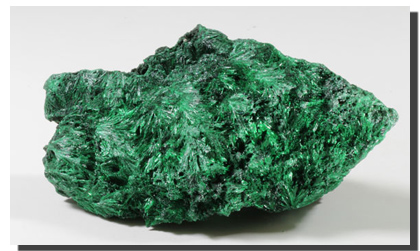Ammonites were cretaceous creatures that looked rather squid-like. They thrived in the tropical sea that existed over the American Midwest in the Cretaceous period and in through the Mesozoic era. Ammonites were wiped out at the same time as the dinosaurs and, from there, their shells began to fossilize and become Ammolite.
The value of an Ammolite is determined by it's number of primary colors, the chromatic shift throughout the stone (or how the colors play across the stone), and the brightness of color. The best possible Ammonite would have all 3 primary colors plus their blends, a consistent 360 chromatic shift, and bright, uninterrupted colors.
Ammonite is a remarkably delicate gem and is usually thin and soft giving it the ability to both flake and fracture. Jewelers and stone Aficionados usually treat Ammonite with a clear resin or epoxy to ensure that neither damage happens.
Ammonite has gained its popularity through spiritualists' belief that the stone can help the wearer bring balance to their energies. Ammonite was also used by the Blackfeet Native American tribe as a talisman of good fortune.
